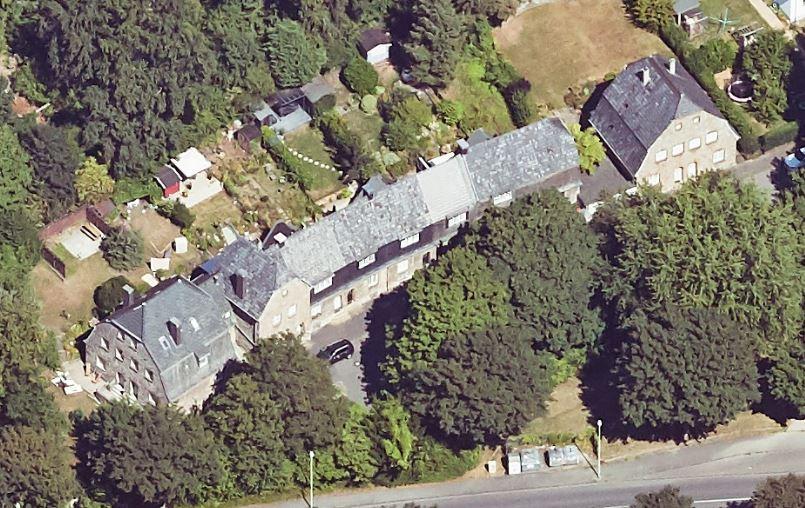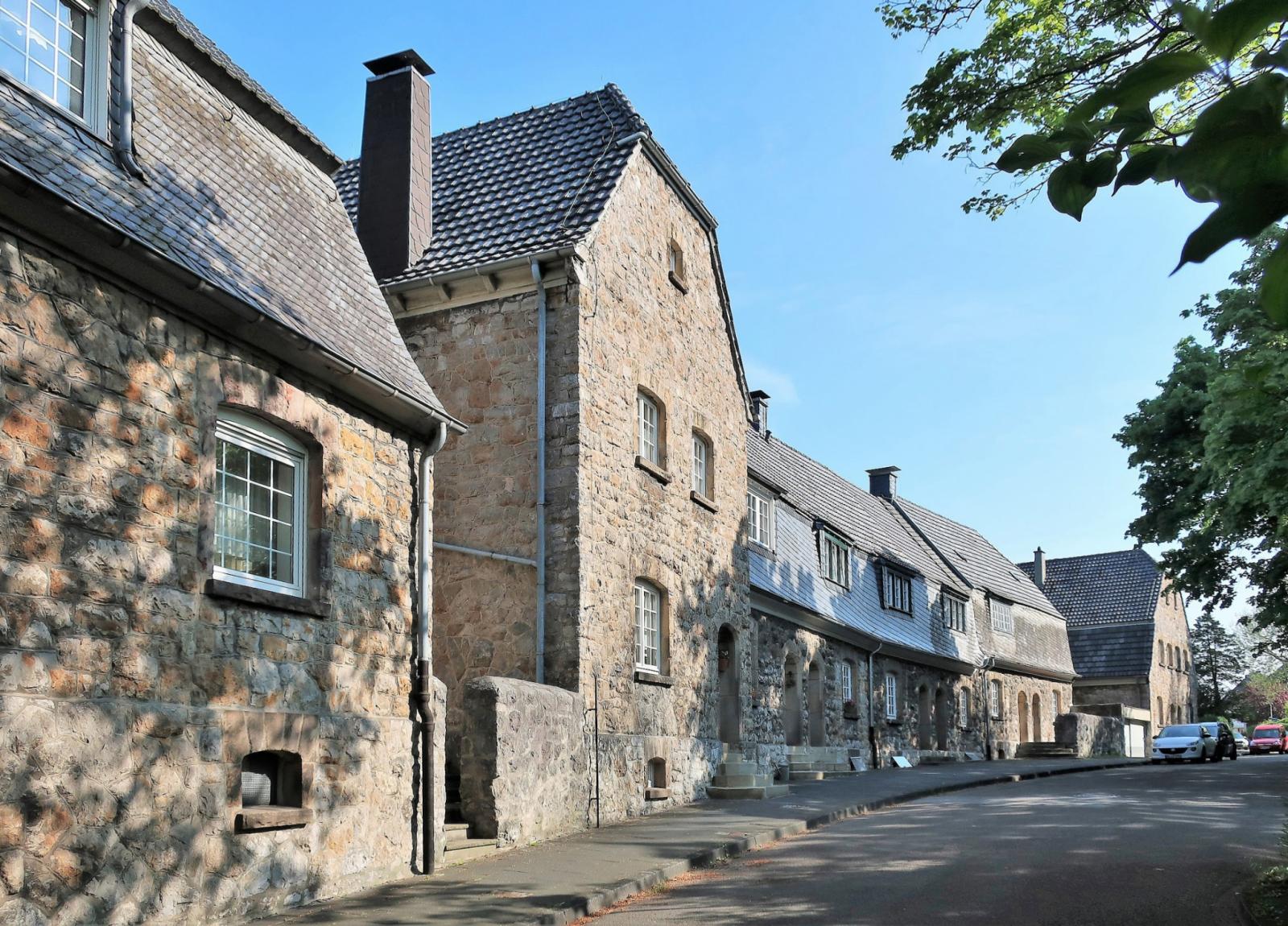
© Foto: Bärwinkel, Klaus; Lizenz: CC BY-SA 4.0
© Foto: Bärwinkel, Klaus; Lizenz: CC BY-SA 4.0
© Foto: Bärwinkel, Klaus; Lizenz: CC BY-SA 4.0
© RVR, 2022, dl-de/by-2-0
Walddorfstraße 1-21, 58093 Hagen
Icon legend
![]() This icon indicates an awarded building
This icon indicates an awarded building
![]() This icon indicates a listed building
This icon indicates a listed building
![]() Projects with this logo are on the UNESCO World Cultural Heritage list
Projects with this logo are on the UNESCO World Cultural Heritage list
![]() Project has been converted, renovated or extended
Project has been converted, renovated or extended
x close
![]()
![]()
1907-1910
- keine Angabe -
Advanced search with more criteria
Total projects: 483
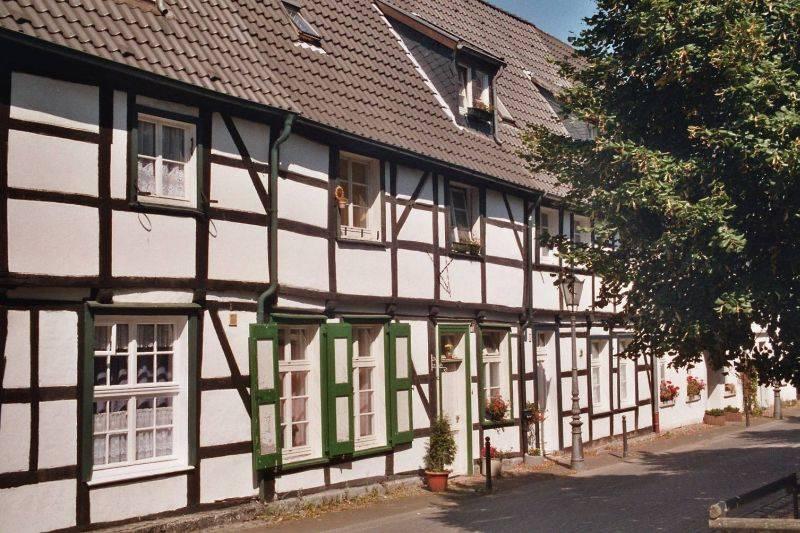
58091 Hagen
Distance: 1.02 km
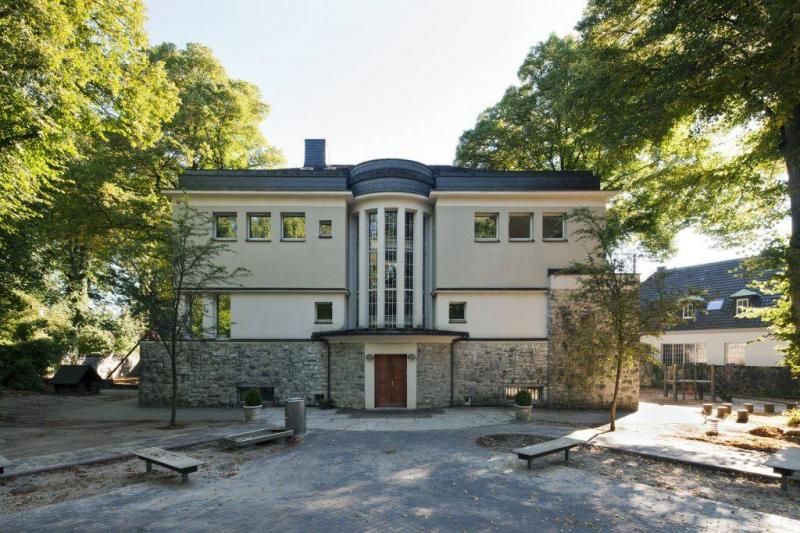
58093 Hagen
Distance: 1.15 km
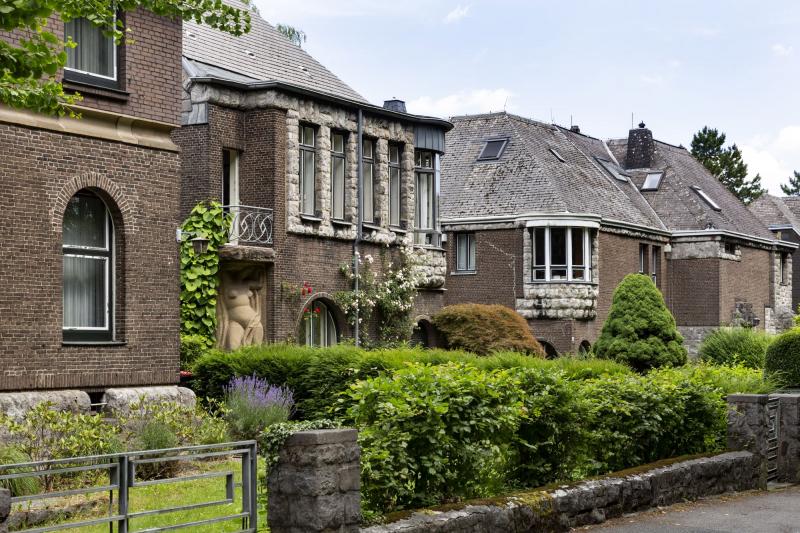
58093 Hagen
Distance: 1.22 km
A small house of their own with a vegetable garden was a dream that became reality for turn-of-the-century textile workers in Hagen. Inspired by the 1905 conference for workers’ welfare organisations led by Karl Ernst Osthaus, the Elbers textile factory commissioned Munich architect Richard Riemerschmid (famous for projects such as the first German garden city in Hellerau near Dresden) to build the Walddorf-Siedlung.
The original construction plan envisaged a building complex with communal facilities, a kindergarten and a custodian’s flat as well as 87 residential units with vegetable gardens. Because of the First World War, only the first row of 11 houses had been built.
In designing the roughly 50 m² flats, Riemerschmid attached great importance to functional floor plans and progressive, hygienic conditions, equipping each flat with ist own bathroom, hardly a common feature of rental flats at the time. Each flat has a large kitchen-cum-living room and its own vegetable garden and shed. Its proximity to the city and the gardens mean that this housing estate is still much in demand, despite the modest size of the flats. Although the flats’ interiors have been altered by private owners and the gardens are today used more for recreation than for growing food, house number 17, restored in compliance with historic building protection guidelines, is now a municipal museum and provides an insight into the way workers lived around 1900.
Author: Route der Wohnkultur
Text last changed on 03.08.2023
Categories:
Urban Design » Square and Neighbourhood Planning
Architecture » Residential buildings » Multiple Housing


